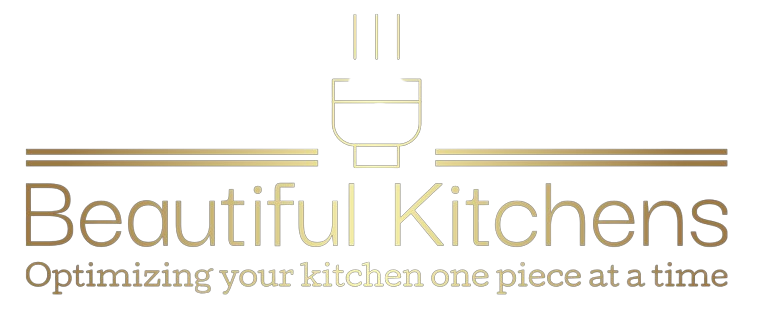How to Write an Effective Blog Post
Writing a blog post may seem like a simple task, but creating an effective and engaging piece of content requires careful planning and execution. Whether you are writing for personal or professional purposes, following these guidelines can help you craft a blog post that captures the attention of your readers and delivers your message effectively.
1. Understand Your Audience
Before you start writing, it’s important to have a clear understanding of your target audience. Consider their interests, demographics, and preferences. This will help you tailor your content to their needs and ensure that it resonates with them. Conducting research or creating buyer personas can assist in identifying your audience and their characteristics.
2. Plan Your Content
Once you have a clear understanding of your audience, it’s time to plan your content. Start by defining the purpose of your blog post. Are you trying to educate, entertain, or persuade your readers? This will guide the tone and structure of your writing. Create an outline or a mind map to organize your ideas and ensure a logical flow of information.
3. Craft a Captivating Introduction
The introduction is the first impression your readers will have of your blog post, so it’s crucial to make it captivating. Start with a hook that grabs their attention and entices them to continue reading. You can use a thought-provoking question, an interesting fact, or a compelling anecdote. Clearly state the main topic of your blog post and provide a brief overview of what readers can expect to learn.
4. Develop Engaging Body Paragraphs
The body paragraphs of your blog post should provide in-depth information and support your main points. Use subheadings to break up the text and make it easier to read. Each paragraph should focus on a specific idea or concept and include relevant examples, statistics, or expert quotes to back it up. Use bullet points or numbered lists to present information in a concise and organized manner.
5. Use Visuals and Multimedia
Incorporating visuals and multimedia elements can enhance the visual appeal and engagement of your blog post. Use relevant images, infographics, or videos to illustrate your points and make the content more visually appealing. Ensure that the visuals are high-quality, properly formatted, and appropriately credited if necessary.
6. Write a Compelling Conclusion
The conclusion of your blog post should summarize the main points and provide a clear and concise closing statement. Reinforce the key takeaways and encourage readers to take action or continue the conversation. You can also end with a thought-provoking question or a call-to-action to encourage reader engagement.
7. Edit and Proofread
Once you have finished writing your blog post, take the time to edit and proofread it. Check for any grammatical or spelling errors and ensure that the content flows smoothly. Pay attention to the overall structure and readability of the post. Consider using online tools or asking a colleague to review your work for an objective perspective.
8. Optimize for SEO
To increase the visibility of your blog post, it’s important to optimize it for search engines. Research relevant keywords and incorporate them naturally throughout your content. Use descriptive meta tags, headers, and alt tags for images to improve your post’s SEO ranking. However, avoid keyword stuffing or over-optimization, as it can negatively impact the readability and user experience.
Conclusion
Writing an effective blog post requires careful planning, engaging content, and attention to detail. By understanding your audience, planning your content, and following these guidelines, you can create blog posts that resonate with your readers and deliver your message effectively.





